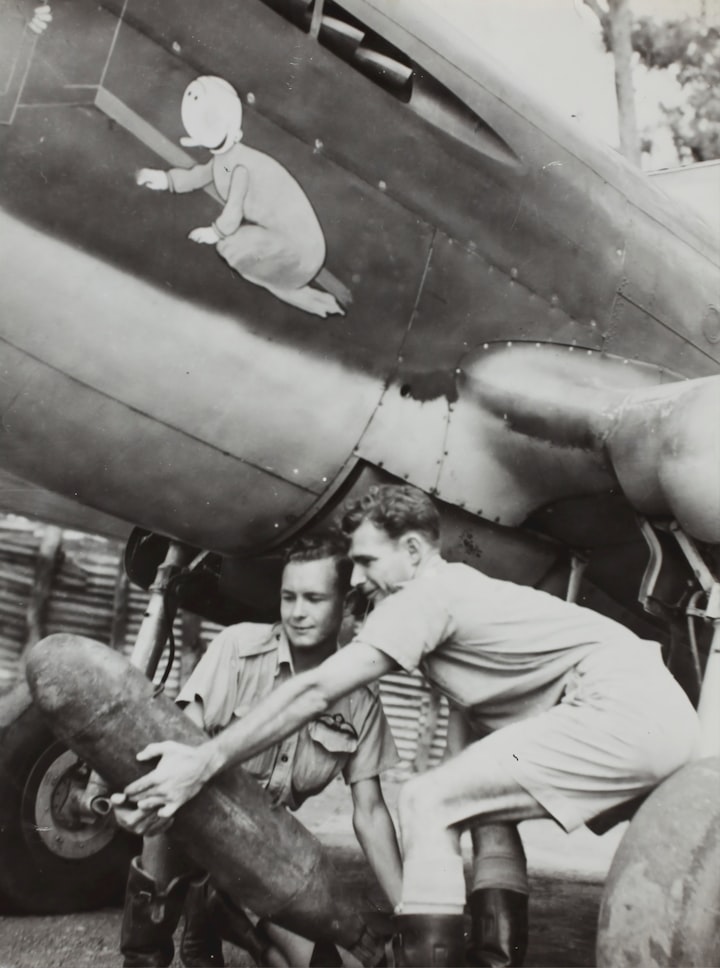LONDON’S LOST RIVERS
‘Sweepings from butchers’ stalls, dung, guts and blood, stinking sprats, all drenched in mud, dead cats and turnip-tops come tumbling down the flood.’

More than two hundred years ago, Jonathan Swift, the author, wrote about the filth in the River Fleet during a storm in a poem.
‘Sweepings from butchers’ stalls, dung, guts and blood, stinking sprats, all drenched in mud, dead cats and turnip-tops come tumbling down the flood.’
There probably has never been a time in history when London’s waterways were not transformed by human activity. The Domesday book of 1086 records over 6,000 mills and freshwater fisheries on the capital’s rivers, streams and brooks.
One of the most significant offshoots of the River Thames was the Fleet river. It once had a wide tidal basin a couple of hundred feet wide when it reached the River Thames. But like many of London’s rivers, it significantly reduced its flow as the city’s population grew over the years. They covered the Fleet during the reconstruction of the city by Christopher Wren after the Great Fire in 1666. A lot more was covered after the Great Stink of 1858. In Ray Street, Farringdon, there is a point where you can still hear the waters of the enclosed Fleet. In 1862, the river exploded and burst through, flooding the half-built Metropolitan line.
The river Walbrook in the city of London now runs completely underground and feeds a sewer. Where Walbrook meets Cannon Street, it’s possible to see a small hump in the road. It’s one spot where the buried past almost breaks through the skin of modern London. The Walbrook still flows onto the foreshore from a pipe just upstream of Cannon Street station.
For centuries, London’s lost rivers have been used as open drains, covered in concrete, hidden behind walls and built over. The list includes some of London’s most famous place names, such as the Strand and the Tyburn. Others include the Effra, which rises in Crystal Palace and flows north to the Thames at Vauxhall, the Ravensbourne in south-east London, the Wandle in Croydon, and two tributaries of the Lee near the 2012 Olympic site in east London.
The River Tyburn ran from South Hampstead, through Marylebone, Soho and then through the St James’s district and Green Park. It then met the River Thames at four locations, gathered into pairs. These pairs were Whitehall Stairs and Thorney Street, between Thames House and Millbank Tower. It’s much smaller relation the Tyburn Brook was an offshoot of the Westbourne, in turn, the next Thames tributary.
The Tyburn still runs under Buckingham Palace, once so close to its floors, sewage frequently flooded the Georgian kitchens. The Westbourne surfaces to feed the Serpentine in Hyde Park. We can see the hidden rivers in the humps and bumps of alleys following medieval lanes, street names from Knightsbridge in the west to Shoreditch in the east.
Wherever developers have dug, the finds have poured out. Some of these objects were undoubtedly accidental losses, but many were deliberately deposited. The objects emerging out of the sludge over the years are incredible. From flint tools, Roman goods, pottery, glass, human bones, teeth, religious artefacts, war relics, jewels, buttons, and leather.
Other discoveries involve battle-axes, spearheads, and mediaeval swords. Specialists say they were placed in the rivers as personal offerings or attempting to gain control of the river by divine intervention. Many of the weapons found are usually in good condition, suggesting they were high-value items placed in the rivers, especially for this purpose.
Today the Environment Agency estimates that 70% of London’s 600km river network is covered over. We can only glimpse some in odd places, such as the high-level tunnel that runs above the platform at Sloane Square tube station carrying the Westbourne.
About the Creator
Paul Asling
I share a special love for London, both new and old. I began writing fiction at 40, with most of my books and stories set in London.
MY WRITING WILL MAKE YOU LAUGH, CRY, AND HAVE YOU GRIPPED THROUGHOUT.
paulaslingauthor.com






Comments
There are no comments for this story
Be the first to respond and start the conversation.